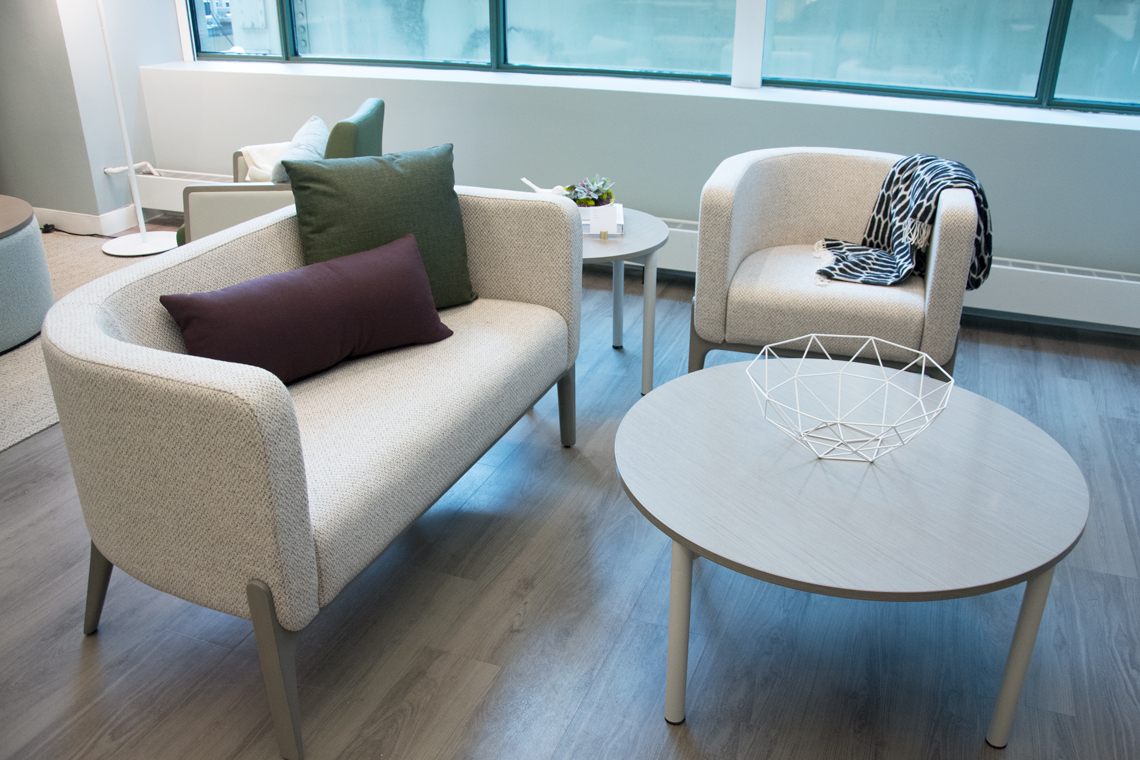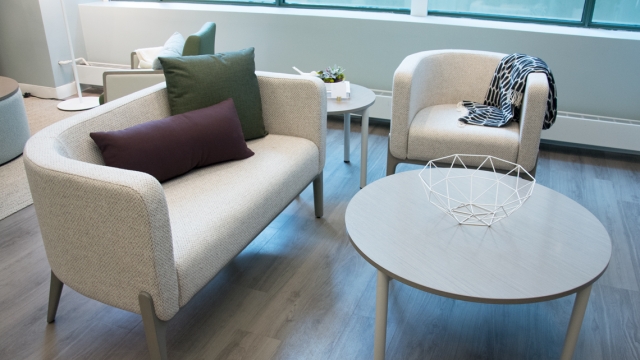In the ever-evolving world of healthcare, a new frontier is being explored – the realm of healthcare furniture. As healthcare facilities strive to provide the best possible care for their patients, the importance of creating comfortable and functional environments cannot be overstated. Gone are the days of sterile, cold, and unwelcoming spaces; the focus has shifted towards designing interiors that prioritize not only the well-being of patients but also that of healthcare professionals.
Healthcare furniture plays a crucial role in this transformation, as it serves as the foundation upon which the entire healing environment is built. The intersection of comfort and functionality has become a driving force in the revolution of healthcare furniture, with designers and manufacturers working tirelessly to provide solutions that cater to the unique needs of healthcare settings.
Gone are the days of utilitarian, uncomfortable chairs and beds. Today’s healthcare furniture is designed with the patient’s comfort in mind, recognizing the healing power of a welcoming and soothing environment. Soft, supportive seating options now abound, ensuring that patients feel at ease during their stay. At the same time, functionality remains a top priority, with features such as adjustable heights and easy mobility incorporated into furniture pieces, allowing healthcare professionals to efficiently provide care and assistance.
The importance of aesthetics should not be underestimated either. Healthcare furniture is no longer solely functional; it is now aesthetically pleasing, seamlessly blending into the overall design of healthcare spaces. With a wide range of colors, materials, and styles available, healthcare furniture has the ability to create a warm and inviting atmosphere that positively impacts the well-being of both patients and staff.
As we delve deeper into the realm of healthcare furniture, the potential for innovation seems boundless. The integration of technologies, such as smart sensors and touchless controls, holds promise for enhancing both the patient experience and the efficiency of healthcare operations. With each new development, the intersection of comfort and functionality continues to revolutionize the way we look at healthcare furniture, underscoring its pivotal role in creating healing environments that prioritize the well-being of all those involved.
1. The Importance of Comfort in Healthcare Furniture
Healthcare furniture plays a crucial role in ensuring the comfort and well-being of patients and healthcare professionals alike. Comfort is a fundamental aspect of healthcare furniture design as it directly contributes to the overall patient experience, quality of care, and even the healing process.
When patients are in healthcare facilities, they often find themselves in vulnerable and uncomfortable situations. In such circumstances, the right furniture can provide a sense of security and alleviate stress, fostering a more positive and supportive environment for recovery. Comfortable seating options with adjustable features allow patients to find personalized positions that reduce discomfort and promote relaxation.
Additionally, healthcare professionals spend long hours attending to patients and carrying out essential tasks. Ergonomically designed furniture, such as adjustable desks and chairs, can greatly improve their comfort and reduce the risk of musculoskeletal injuries. These specially designed pieces of furniture offer proper support, promoting good posture, and minimizing strain on the body during prolonged periods of standing or sitting.
Furthermore, comfortable healthcare furniture also contributes to the overall efficiency and productivity of healthcare settings. When healthcare professionals and staff are comfortable in their work environment, they can focus better on providing quality care and serving patients’ needs effectively.
In conclusion, the importance of comfort in healthcare furniture cannot be overstated. It impacts both patient well-being and healthcare professionals’ work experience. By investing in ergonomic, adjustable, and comfortable furniture, healthcare facilities can create a nurturing and supportive environment that promotes healing and enhances the overall quality of care.
2. Innovations in Functional Design for Healthcare Furniture
Healthcare furniture plays a crucial role in ensuring the well-being and comfort of patients and healthcare professionals alike. Over the years, there have been remarkable innovations in the functional design of healthcare furniture, enhancing its usability and practicality. These advancements have revolutionized the healthcare industry, creating a harmonious intersection between comfort and functionality.
One notable innovation is the integration of adjustable features in healthcare furniture. By incorporating mechanisms that allow for easy customization, such as adjustable height and reclining options, healthcare furniture can cater to the specific needs and preferences of individual patients. This flexibility not only promotes comfort but also assists in accommodating various medical procedures and promotes patient mobility.
Moreover, the use of ergonomic materials and designs has significantly improved the functionality of healthcare furniture. From specialized seating with lumbar support to ergonomic workstations for healthcare professionals, these designs prioritize body posture and comfort, minimizing the risk of musculoskeletal strains and promoting overall well-being. Ergonomic healthcare furniture enables healthcare providers to perform their tasks efficiently while reducing the potential for workplace injuries.
Another innovative trend that has gained momentum in healthcare furniture design is the integration of technology. With the increasing reliance on electronic medical records and digital devices, furniture manufacturers have recognized the need for seamless technology integration. By incorporating charging ports, wireless connectivity, and even built-in touchscreens, healthcare furniture now serves as a hub for technological advancements, facilitating the efficient and convenient use of digital tools by healthcare professionals and patients.
In conclusion, innovations in the functional design of healthcare furniture have revolutionized the industry, providing a seamless blend of comfort and functionality. Through adjustable features, ergonomic designs, and technological integration, healthcare furniture serves as a vital component in ensuring the well-being of patients and healthcare providers. These advancements continue to enhance the healthcare environment, enabling better patient care and improved workplace efficiency.
3. Promoting Healing and Well-being Through Thoughtful Furniture Selection
A comfortable and functional environment is crucial for promoting healing and well-being in healthcare settings. The selection of appropriate healthcare furniture plays a pivotal role in creating spaces that are both soothing and efficient.
One key aspect to consider when choosing healthcare furniture is the level of comfort it provides. Comfortable seating options, such as ergonomic chairs and supportive sofas, can significantly enhance the overall experience of patients and healthcare professionals alike. The right furniture can alleviate physical discomfort, minimize stress, and help create an atmosphere of relaxation.
In addition to comfort, functionality is another vital factor to take into account. Healthcare furniture should be designed to facilitate ease of movement and accessibility. Features like adjustable height tables, mobile carts, and multi-purpose storage solutions can greatly enhance the efficiency and functionality of healthcare spaces. By selecting furniture that caters to the specific needs and workflows of different healthcare settings, healthcare professionals can focus on their tasks with greater ease and efficiency.
Moreover, thoughtful furniture selection can contribute to the overall ambiance of healthcare environments. Light-colored furniture with clean lines can create a sense of openness and brightness, which can have a positive impact on patient mood and well-being. Incorporating natural elements, such as wooden accents or plants, can add warmth and a touch of nature to the space, further enhancing the healing environment.
In conclusion, the combination of comfort and functionality is key to revolutionizing healthcare furniture. By prioritizing the well-being of patients and healthcare professionals through thoughtful furniture selection, healthcare spaces can be transformed into inviting and efficient environments that promote healing and overall well-being.

